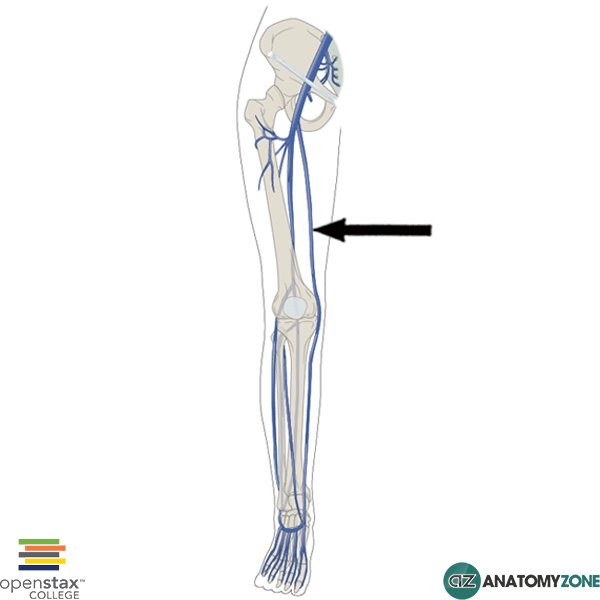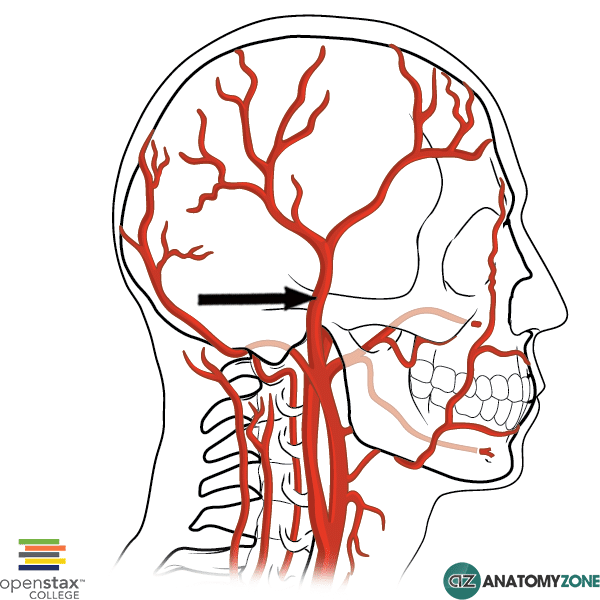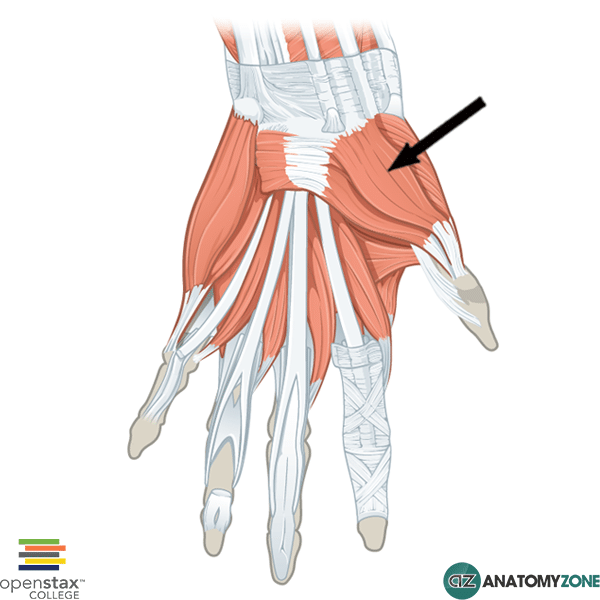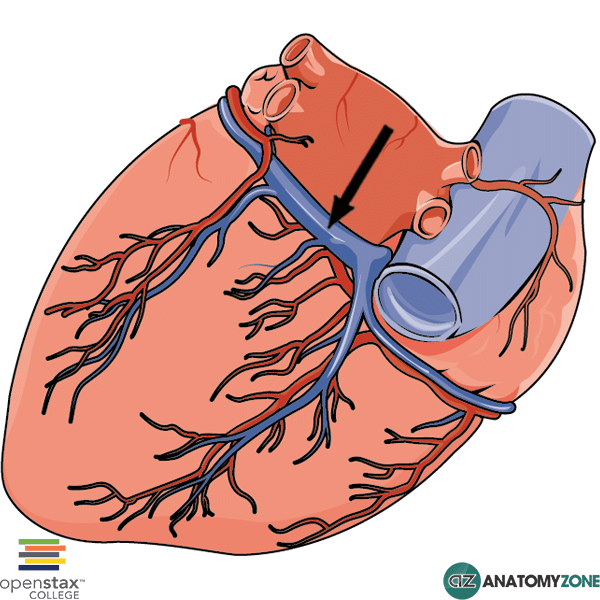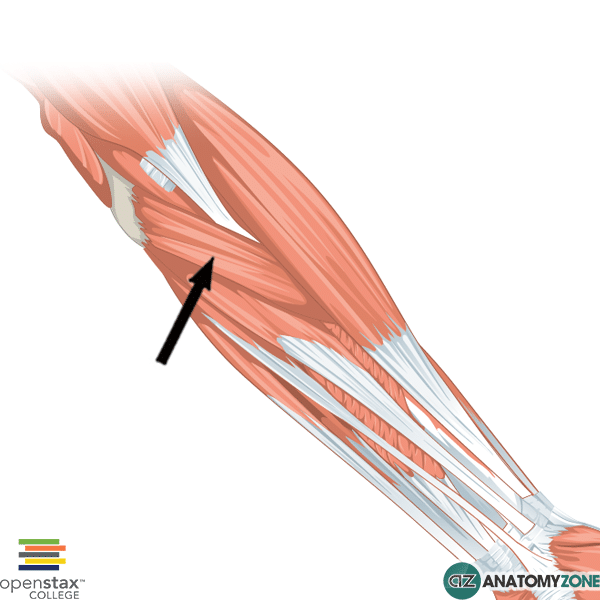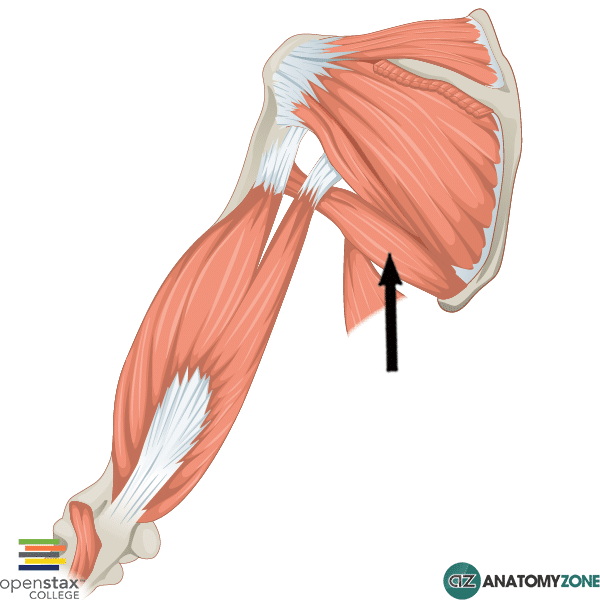Corniculate Cartilage
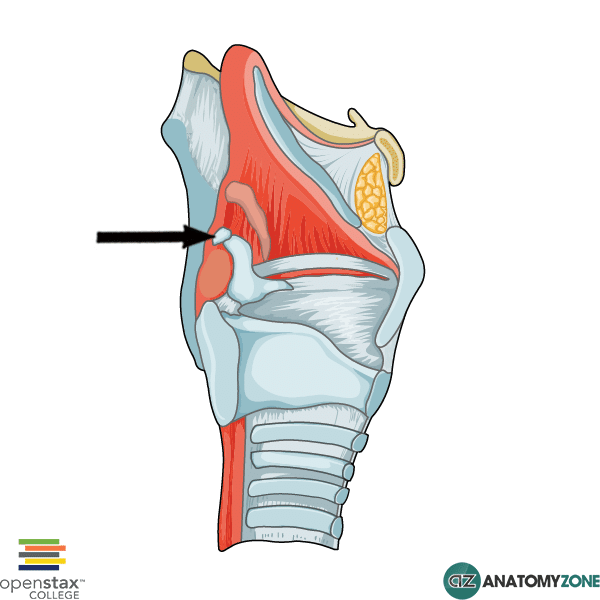
The structure indicated is the corniculate cartilage of the larynx. The corniculate cartilages are also known as the cartilages of Santorini.
The larynx consists of several cartilages, as well as lots of small muscles and a fibroelastic membrane.
There are three pairs of small cartilages, and three large unpaired cartilages.
The large unpaired cartilages include the cricoid cartilage, the thyroid cartilage and the epiglottis.
The small paired cartilages include the arytenoid, the corniculate and the cuneiform cartilages.
The corniculate cartilages are small cone shaped cartilages which sit on the apices of the arytenoid cartilages.
Learn more about the larynx in this tutorial!




